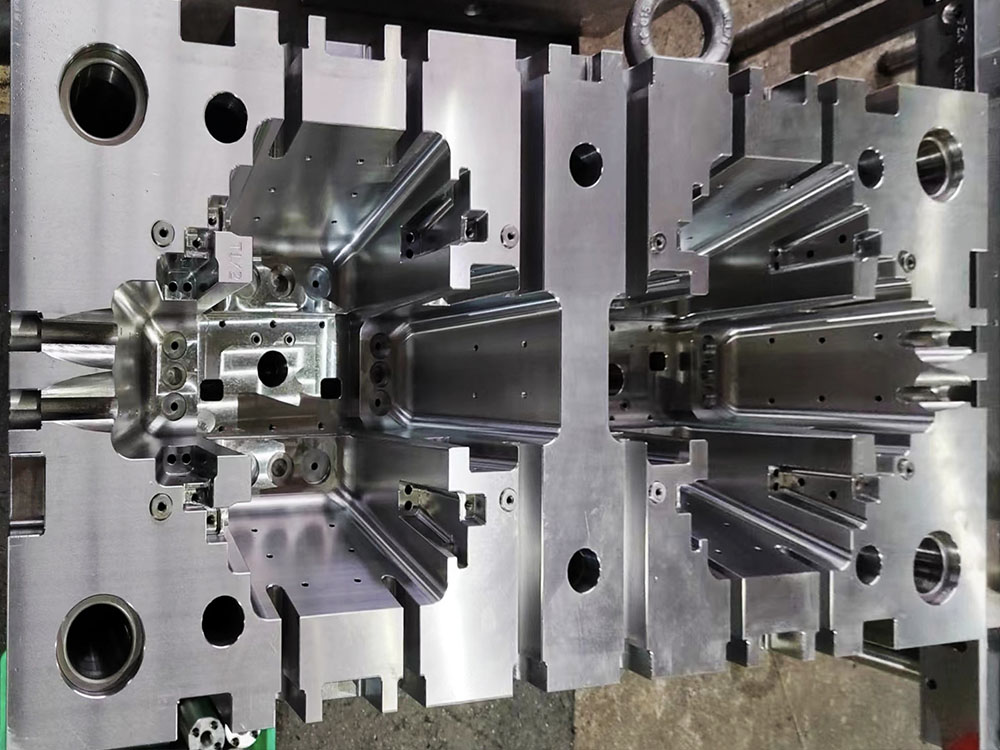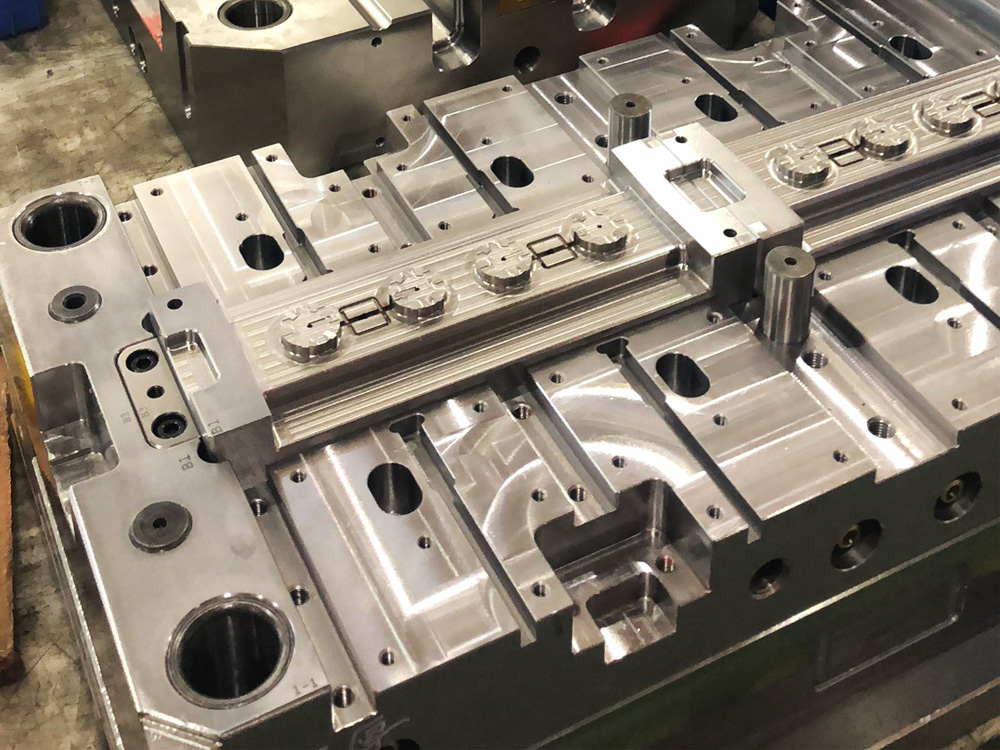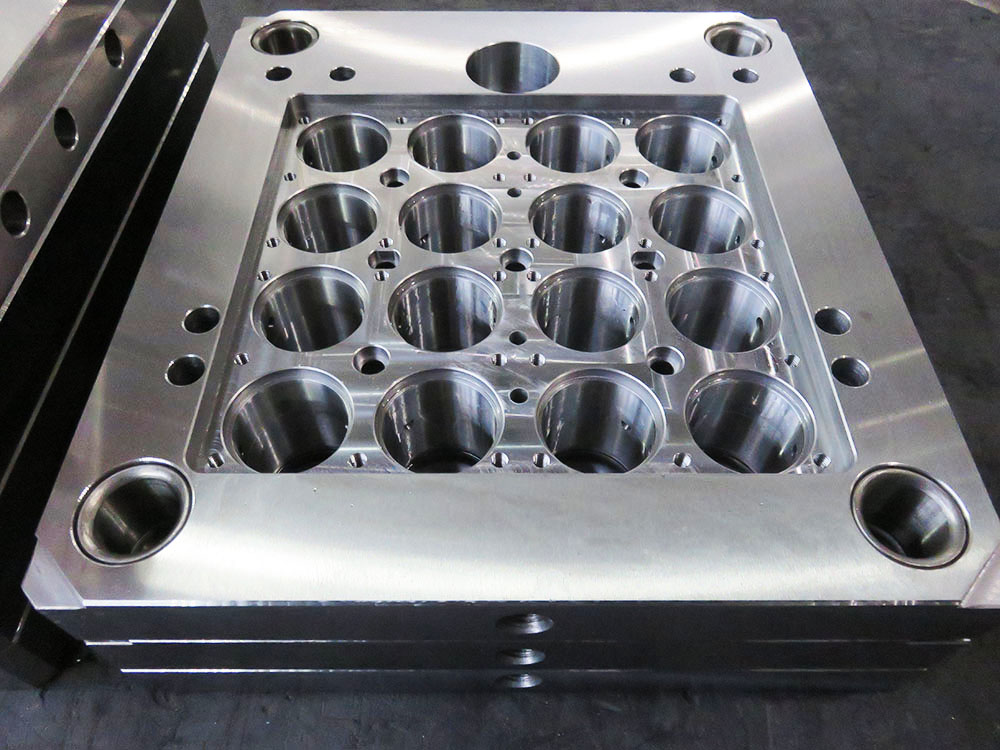Adjusting the Inclination Framework for a Conventional Milling Machine in the Mold Base Industry
Introduction:
The inclination framework plays a critical role in a conventional milling machine used in the mold base industry. It allows for the adjustment of the machine's inclination, which is essential for achieving precise and accurate machining operations. In this article, we will discuss the steps involved in adjusting the inclination framework to ensure optimal performance of the milling machine.Step 1: Preparation
Before adjusting the inclination framework, it is important to ensure that the machine is turned off and the power supply is disconnected for safety reasons. Additionally, gather all the necessary tools required for the adjustment, including a wrench or socket set, a leveling device, and a user manual or technical specifications for reference.
Step 2: Locating the Inclination Framework
The inclination framework is usually located below the milling machine's table. It consists of a set of screws or bolts that control the machine's inclination angle. Use the user manual or technical specifications to identify the exact location of these screws or bolts.
Step 3: Leveling the Machine
It is crucial to ensure that the machine is level before adjusting the inclination framework. A leveling device, such as a spirit level or a precision level, should be placed on the machine's table to determine its current levelness. Make any necessary adjustments to level the machine accurately.
Step 4: Loosening the Screws or Bolts
Once the machine is level, use a wrench or socket set to loosen the screws or bolts of the inclination framework carefully. Avoid applying excessive force to prevent damaging the framework or other components of the machine. Loosen the screws or bolts just enough to allow for adjustment.
Step 5: Adjusting the Inclination Angle
With the screws or bolts loosened, the inclination angle can now be adjusted. The angle required will depend on the specific machining operation and the desired outcome. Refer to the user manual or technical specifications for the recommended inclination angle or consult with an experienced operator or supervisor.
Step 6: Tightening the Screws or Bolts
Once the desired inclination angle is set, carefully tighten the screws or bolts of the inclination framework. Ensure that they are tightened evenly to maintain a balanced and stable adjustment. Again, avoid over-tightening, as it may cause damage or misalignment.
Step 7: Verifying the Adjustment
After tightening the screws or bolts, it is vital to verify the adjustment by rechecking the machine's levelness using a leveling device. Make any further adjustments if necessary to achieve the desired inclination angle and levelness.
Step 8: Final Checks and Safety Measures
Before turning on the machine, conduct a final visual inspection to ensure that all components are in their proper positions and that there are no loose screws or bolts. Gradually restore the power supply and test the machine's performance with a small-scale operation. Always adhere to safety guidelines and wear appropriate personal protective equipment during operation.
Conclusion
The adjustment of the inclination framework in a conventional milling machine is essential for achieving precision and accuracy in the mold base industry. By following the steps outlined in this article, operators can ensure optimal performance of the machine and improve the quality of their machining operations.




